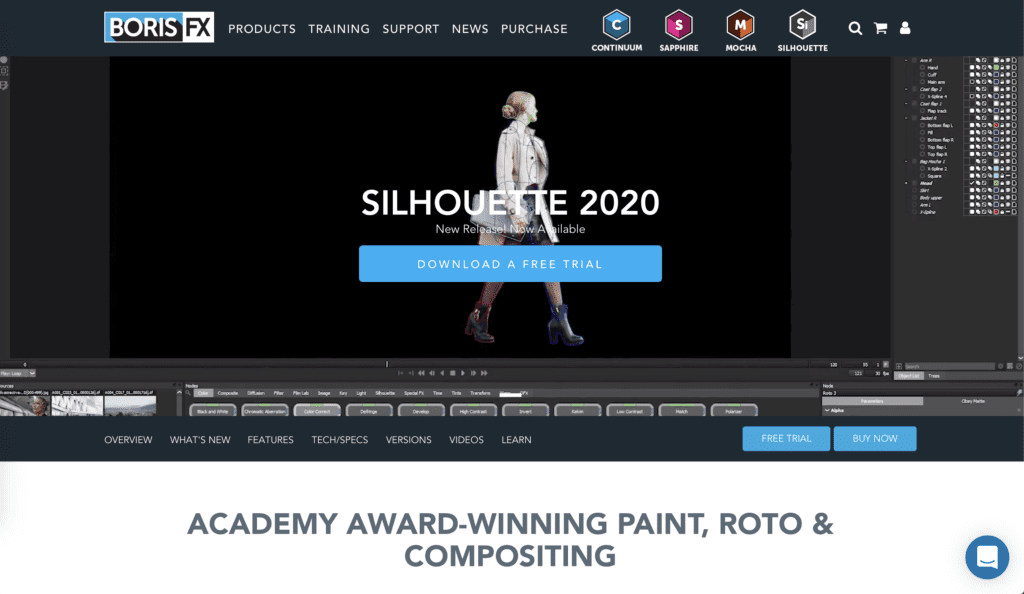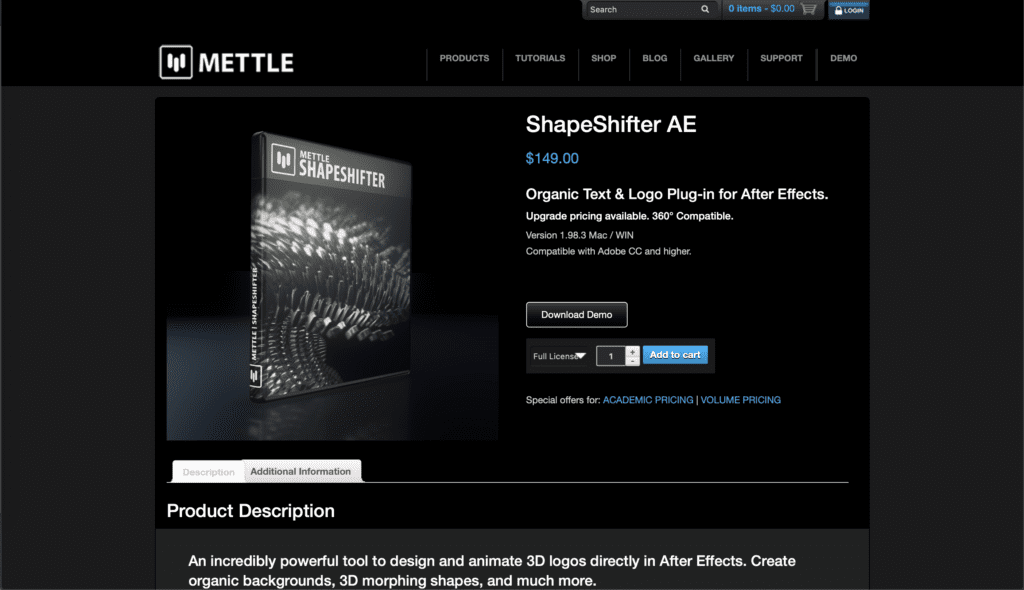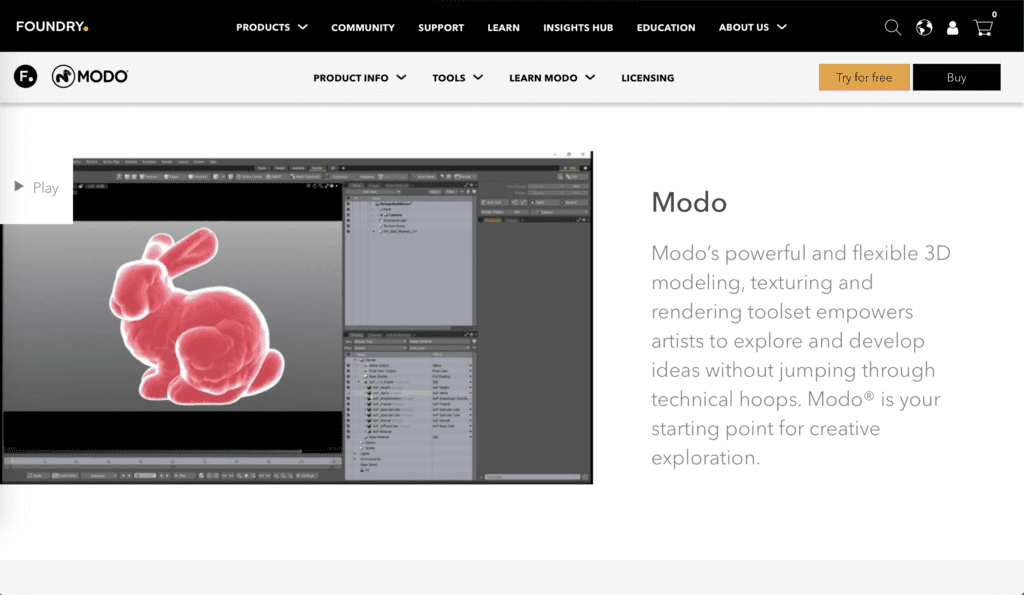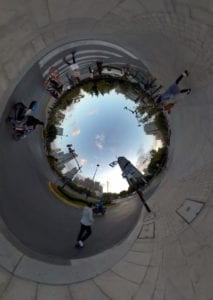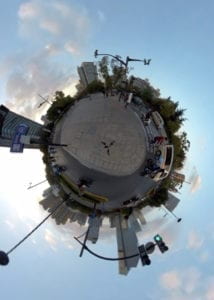Task:
VR/AR News of the Week has closed for the season with 92 entries, all of which we’ve seen at least briefly in class. Some of the stories will be looked back in 5 years and be considered accurate, prophetic, powerful. Others will be looked back in 5 years and be considered off-track, clueless, and ridiculous. PLEASE SELECT YOUR TOP 4 OF EACH. Post with a detailed description of why you’ve selected them in Documentation and be prepared to present.
Accurate, prophetic, powerful:
I believe that the FACEBOOK acquisition of CTRL Labs is a big step towards the development of brain controlled VR. Though it still seems like that a truly functional brain interface is still many years away from what technology we have right now, I do believe that this will be one of the most powerful and game-changing technology related to Virtual Reality.
I am a big fan of massages, so I really do see potentials in this combination. A major advantage of VR is to have freedom in the environment you are surrounded with, making it very easy for VR games to create certain moods as opposed to more traditional mediums. That includes the mood of a very relaxed and zen feeling. Having a comfortable lake environment around you, or even some kind of space environment can definitely elevate the whole massage experience.
3. Dream Walk
Dream walk seems like a silly idea at first but I think it has great potential if used properly. Having VR on when you are walking is just too dangerous, if it could blend AR techniques into this product, this could be a great tool to provide utility. Imagine having maps, and text messages in your eyes when you are walking down the street. Maybe even arrows on the ground to guide you to your destination or warnings when there are cars near by. The potentials are limitless.
4. VR Skin
Aside from VR brain interfaces, the next big thing to make the virtual more realistic is to feel haptics. VR skins, gloves, vest, or whatever it takes to fool your senses is the next thing to achieve after getting the visuals right. Through examples we explored in class, I am aware that even the slightest changes in senses can greatly contribute to the immersing experience and make VR more real. This is why I believe VR skin and other haptic products will be a great deal in the next 5 years.
Off-track, clueless, and ridiculous.
as much as I like the idea of a brain controlled VR technology, I also think CTRL Lab is one of the most off-track companies. As most science fiction and mainstream culture predicts, the only way to achieve brain powered VR is by plugging a chord into your body. Movies like The Matrix or ExistZ that we watched in class both suggests this kind of technology. I do not deny the potentials of other alternatives to approach brain-computer interaction but I just don’t buy CTRL Lab’s wristband idea. I do not believe that pulse is enough information to execute brain commands accurately.
I do not see virtual graffiti as something that will be popular, nor do i see it as a good application of the AR technology. Though Pokemon Go was very successful during its launch, I would like to argue that most of its success came from the brand of Pokemon as opposed to the innovative technology. Virtual graffiti not only lack a big brand to back it up, it also lacks a rich interactive experience like the Pokemon Go game. Which is why I do not believe that virtual graffiti will be successful.
I agree with many points made in the article on how computer based VR will take over phone based VR but I also believe that 5 years later phone based VR will become the trend. This is because that the phone VR we have today does not have the proper set up we need for a smooth experience, there is both a lack of controllers and also a lack of processing power to match the needs of a VR program. There are already many attempts right now on making phone gaming more professional, multiple gaming gear companies are shifting their focus onto making phones specifically for gaming. There are so many advantages to having phone VR over computer VR, there will no longer be wires attached, and that it is much more convenient and small in size. The controller problem can also easily be solved with the help of machine learning, FACEBOOK is already implementing gesture detection through front cameras on their Oculus devices, this is perfect for phones since most phones have cameras on the back, the new iPhone has multiple cameras on the back.
4. VR Concerts
I am very passionate about music but I do not think VR concerts will be something that is going to work. There are many obstacles from achieving a good concert experience, the sound of a concert is very hard to replicate. This would require expensive audio gear along with VR headsets to replicate the kind of sound you hear at a concert, also big sub woofers to replicate the kind of vibrations in the body from bass frequencies. Even if all that is properly replicated, the whole point of seeing a concert live as opposed to listening to a studio quality recording at home is to meet the artist in real life. A VR mock off would lack the ability to interact with the performers, making the whole point of seeing a concert void.
